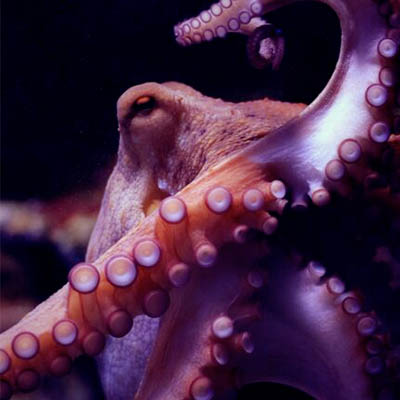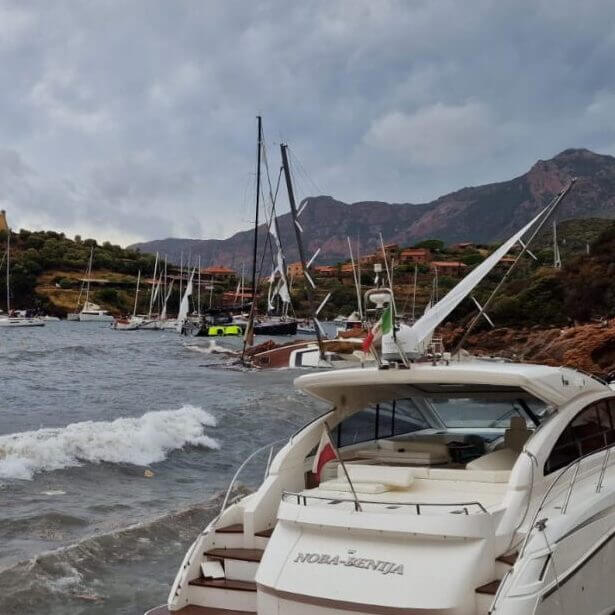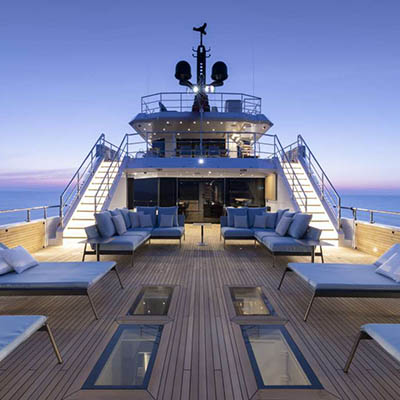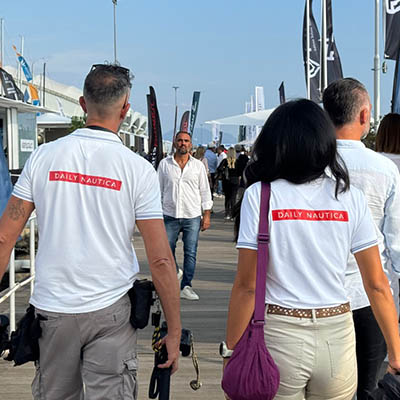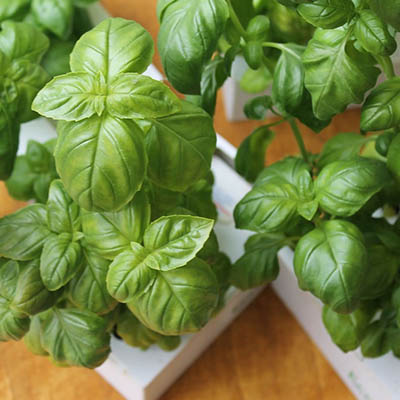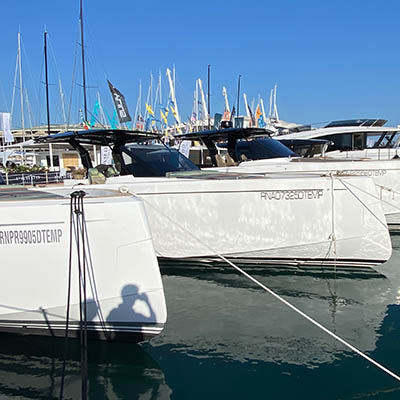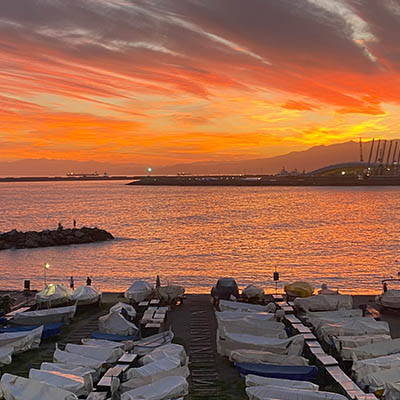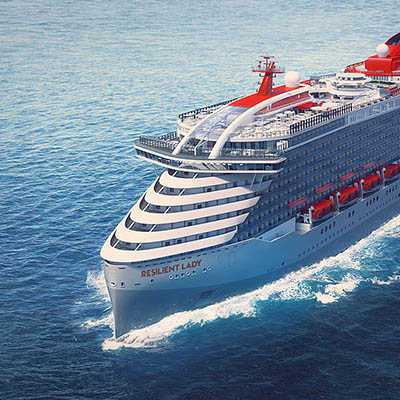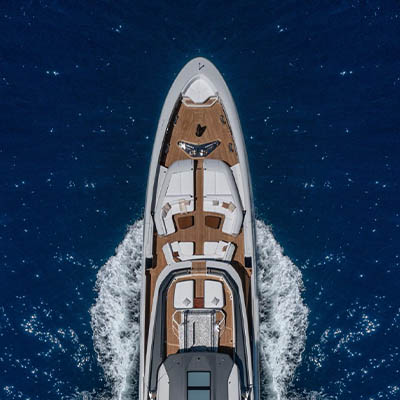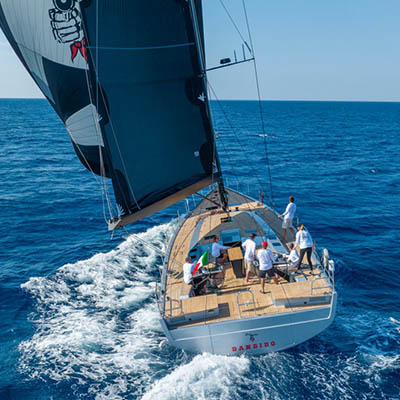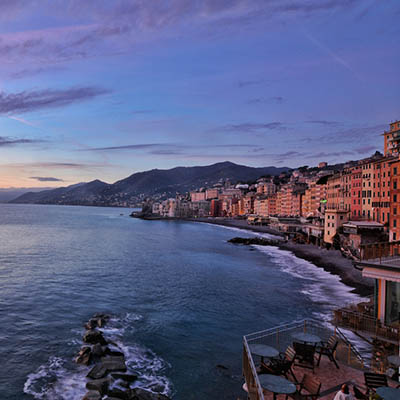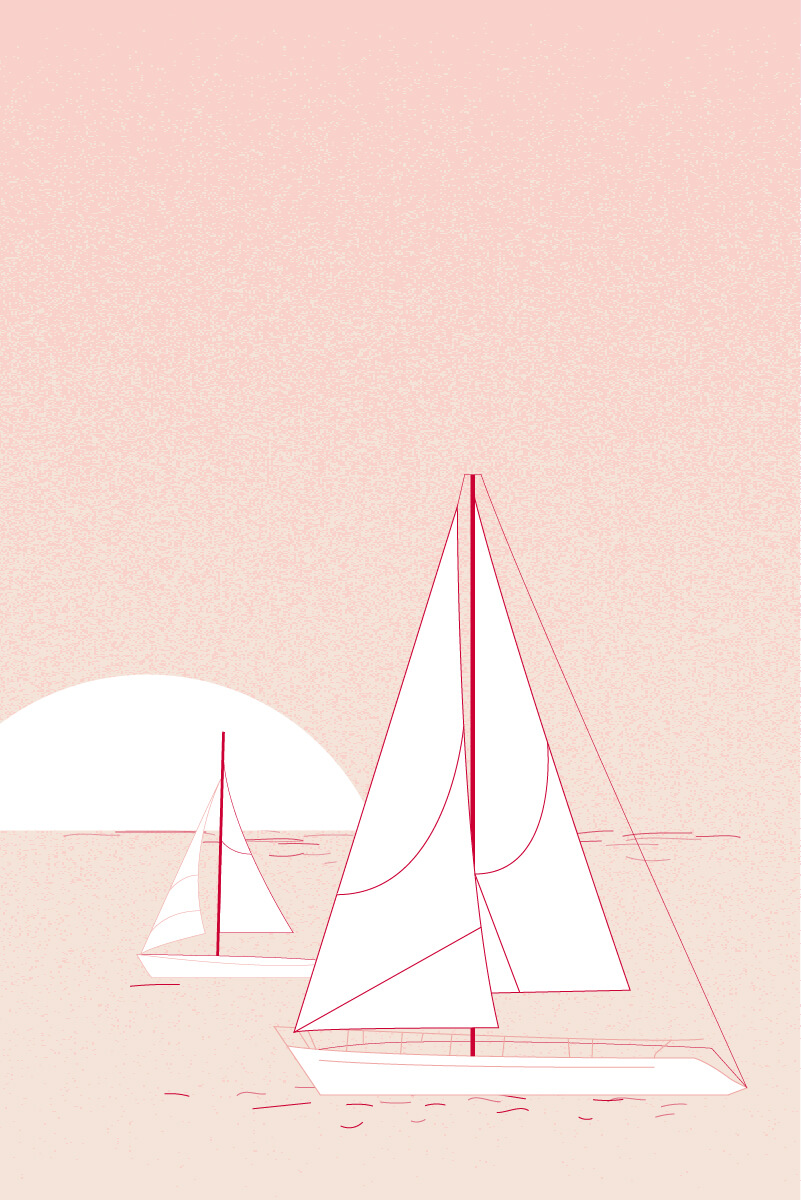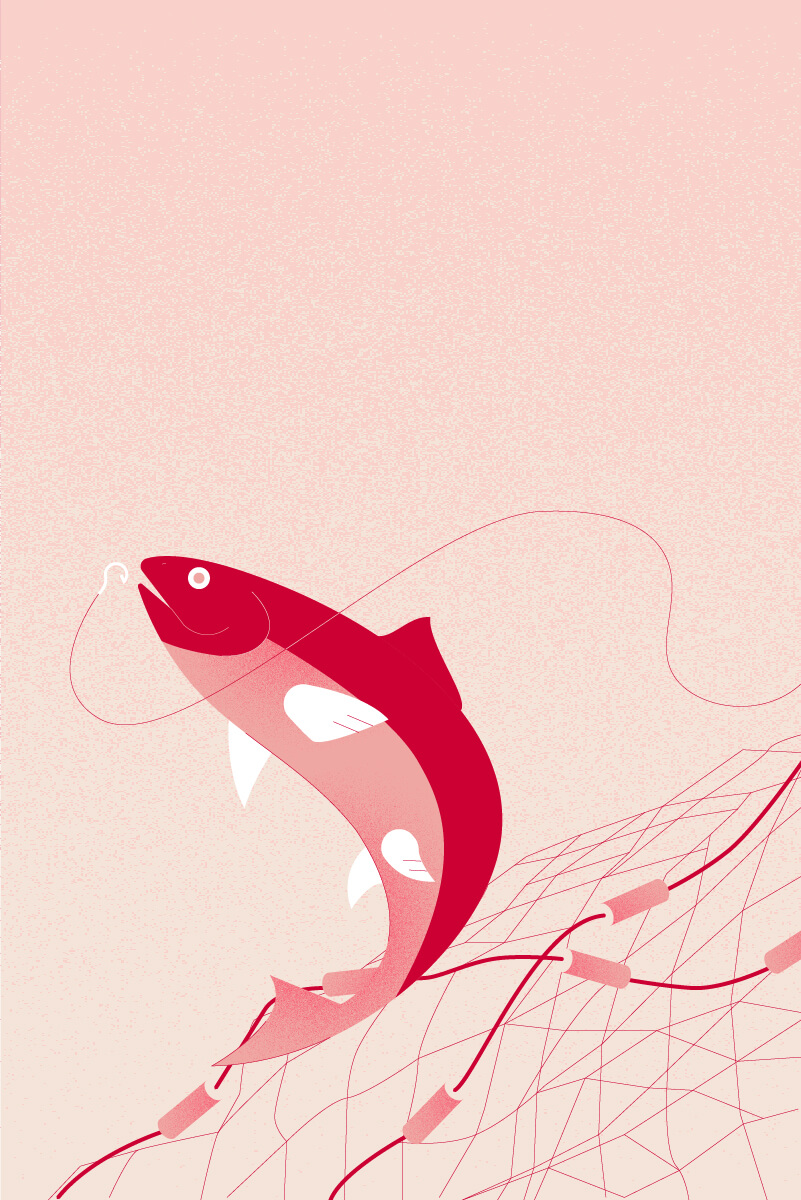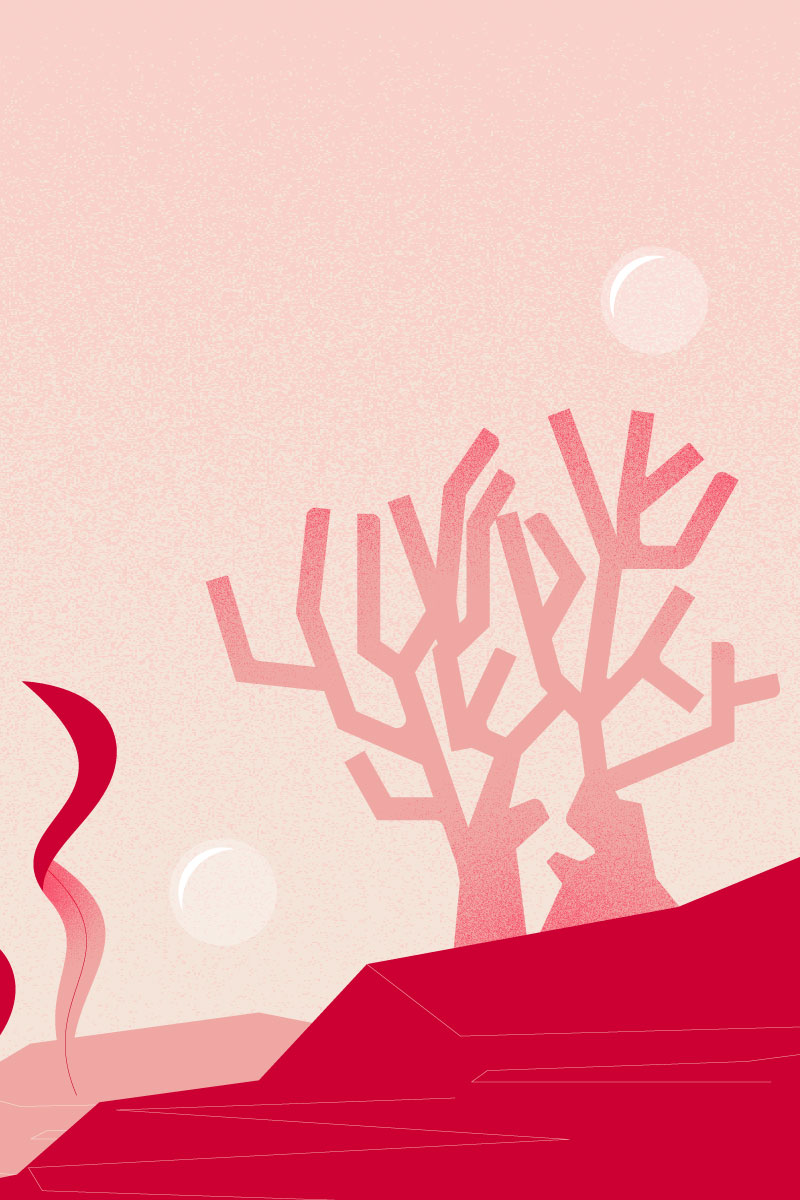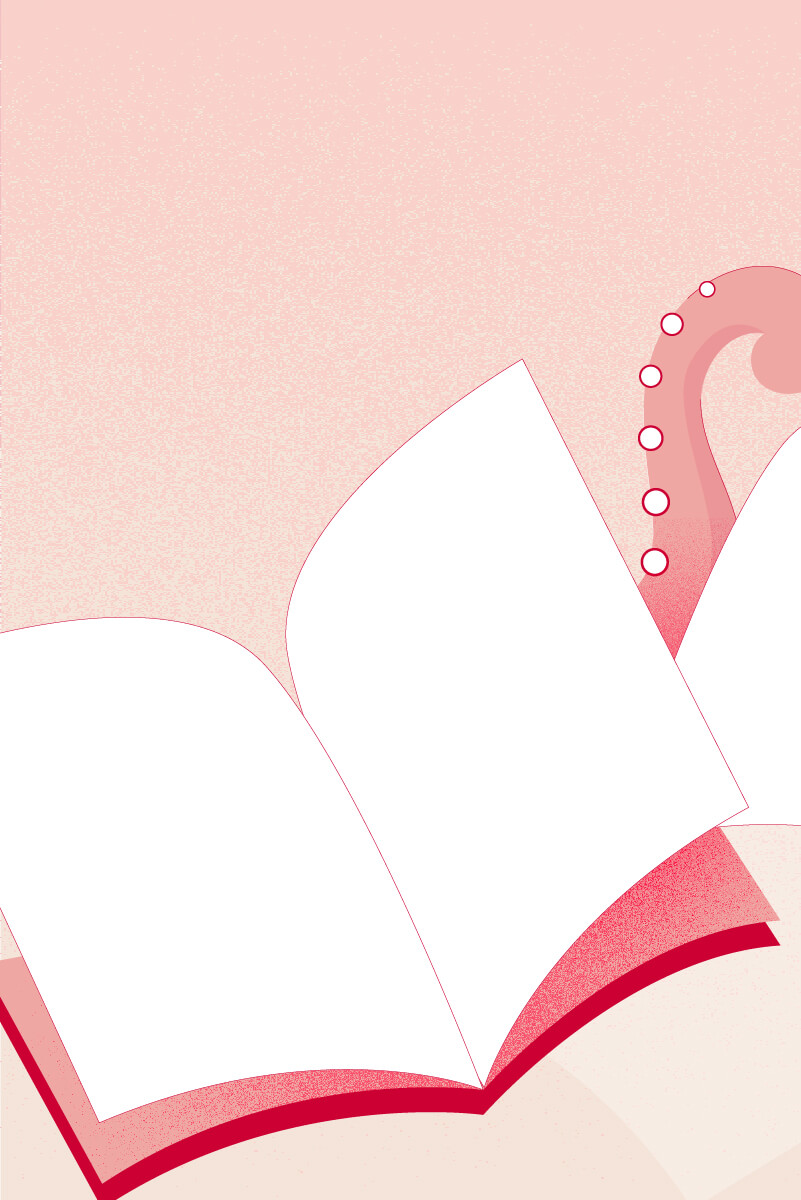Andrea Balistreri is the youngest master craftsman in Italy: “I work with my father who taught me to take pride in the trade”
Michele and Andrea Balistreri, father and son, are two master craftsmen from La Spezia. They are two of the last artisans building boats for the Palio del Golfo and who still do caulking
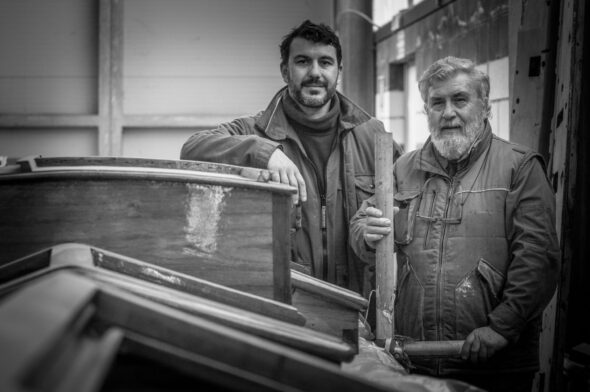
Andrea Balistreri is the youngest master craftsman in Italy: “I work with my father who taught me to take pride in the trade”
Michele and Andrea Balistreri, father and son, are two master craftsmen from La Spezia. They are two of the last artisans building boats for the Palio del Golfo and who still do caulking
Michele Balistreri was born in 1949 in Pachino, in the province of Siracusa. In the 1970s he came to Liguria, where he began working on his own as a master craftsman, a profession he still does today, after years of experience in Sicily since he was a child.
Helping him is Andrea Balistreri, born in La Spezia in 1979. After having finished middle school, he began working with his father, when he was only 16. The two Balistreri masters mainly work in Valdettaro, at Porto delle Grazie. They work both with shipyards and with individuals.
Theirs is a prestigious art, which requires time, because a boat is not square, and everything needs to be invented. Father and son believe that working with wood is beautiful, because “wood is life”. Both are filled with passion, seeing as their work is difficult.
The Balistreri masters still do caulking, a procedure that makes a hull waterproof. This is a waterproofing technique used on wooden hulls, done by a master caulker, who joins the planks together in a manner that they are resistant to the effects of both the water and of time.
In the past, the technique involved placing, between the planking, fibres, mostly in hemp or tow, soaked in pitch. Now, canvas and hemp are used together with synthetic resin or tar.
This is all done by hand, using a wooden mallet, known as “maglio da calafato”, and a special chisel with a flat tip, known as “malabestia”, which pushes the fabric into the “comenti”, or spaces between the planking, without cutting it. Their happiest moment is when shipyards call them back for another assignment.
Michele Balistreri, how did you begin doing this job?
I’m Sicilian and when I was a child, after school, I began working on Isola di Capo Passero, near Portopalo. There was a master craftsman who taught me everything, since I was a child. He built fishing boats and I remember he did it all by hand.
Andrea Balistreri, that means your future was already written?
I would say so. During the summer break I went to my father’s workshop and began working odd jobs. I did everything I could and that needed doing: for example, I varnished the hulls, but also swept the floors. I loved being surrounded by the boats, and since then the smell of the wood has been my constant companion.
Have you ever thought about doing another job?
I didn’t like studying. And I had no other options. But this wasn’t a forced choice. It is a choice I would make again because I love it. This is a job I never take for granted, every day a new dynamic happens. And there is always something to learn, even at the age of 71.
How has the job of master craftsman changed?
We are labourers, so we often work in shipyards that call us in, or for individuals who contact us. We both travel around in our van, with our equipment. There are some jobs that require more industrialisation, but ours is really a niche job. It takes the time it takes. We work on fishing boats and skiffs through to vintage boats, and high end vessels. We also build boats for the Palio del Golfo di La Spezia and we are one of the last few remaining.
Andrea, does being a master craftsman still attract younger people?
In 2009, I took an exam to become master craftsman. And so, even I, after my father, entered the Register. At that time, at the age of 29, I was the youngest master craftsman in Italy. The title of master craftsman gives you responsibility, but right after passing the exam, you need to prove what you can do. The exam was difficult, but it was a qualification I wanted very much.
Andrea, what’s it like to work with your father?
My father is a guru, even though he is more humble than most. From a bureaucratic point of view, I’m the boss, because he is retired and I pay his contributions. I make a lot of the decisions on my own, but he gives me a lot of advice. We are very lucky in that we both have very symmetrical personalities, so we don;t fight often, and if we do, it ends there.
In addition to being my mentor on the job, he is also my father: he taught me how to be a master craftsman and how to be a man. We can’t live without each other, we know how the other works. I am proud to have been his shop boy and I still am. We are coordinated, close, and work together in harmony. I would be nothing without him.
Giuseppe Orrù
Photos by Claudio Colombo
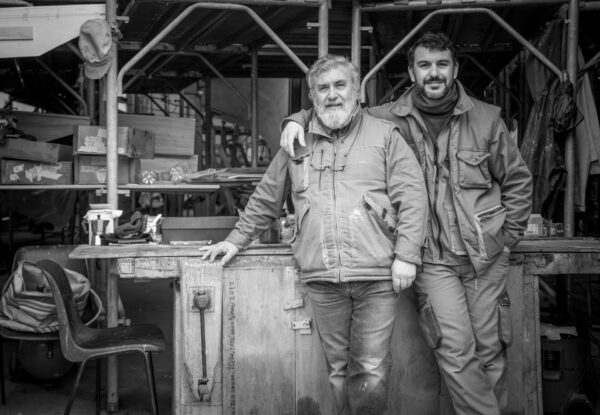
BOATING IN A PORTRAIT A project by Liguria Nautica and Claudio Colombo showcasing a gallery of Ligurian people or those who have ties with our region, who have left their mark on Italian boating, or who have deep rooted connections with our sea. For each of them, we present a photographic portrait take by Claudio Colombo and an interview with our journalist, Giuseppe Orrù, to better know each person, in their personal lives as well.
Topics: Andrea Balistreri, Boating in a Portrait

